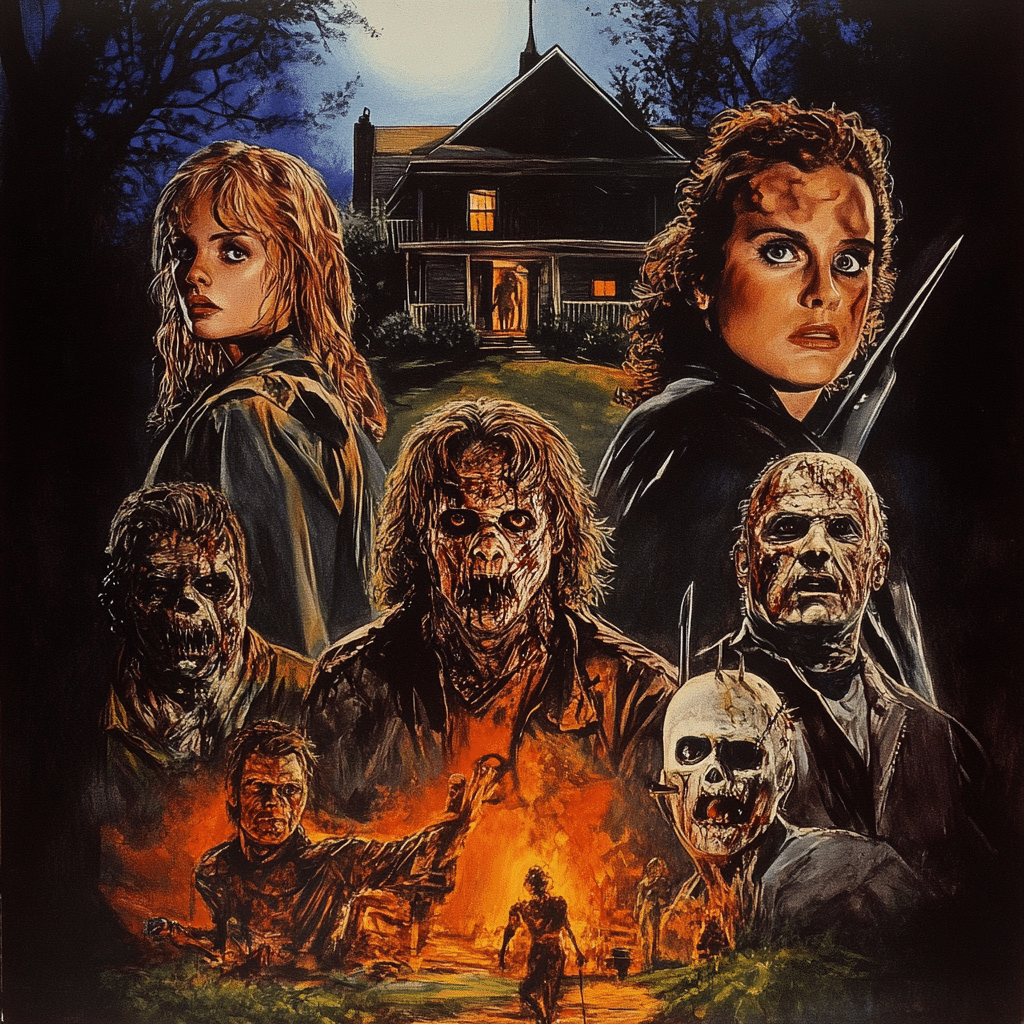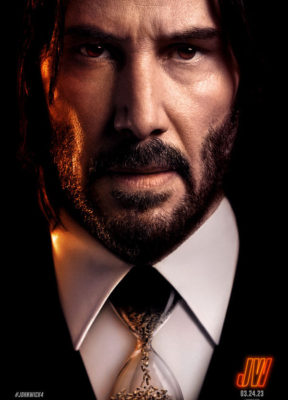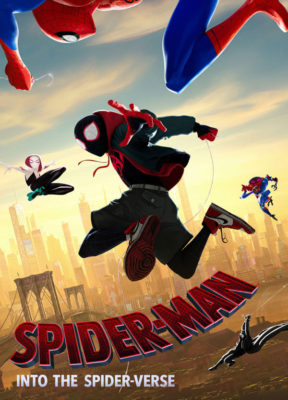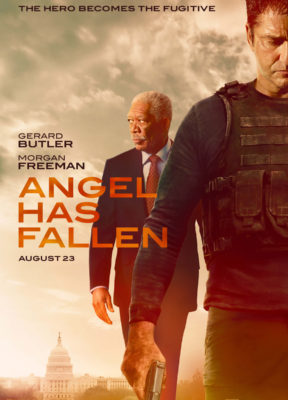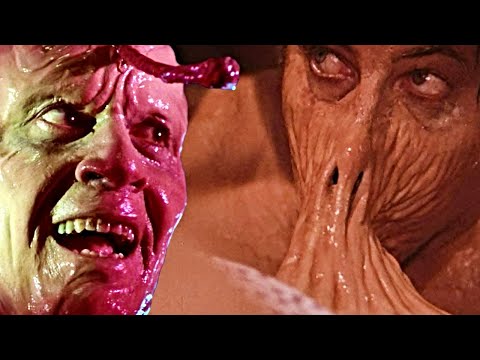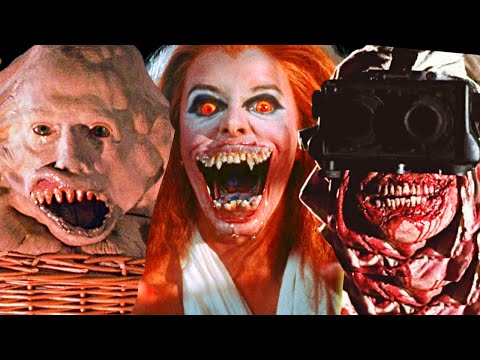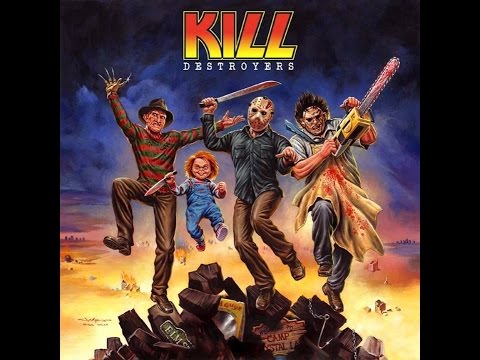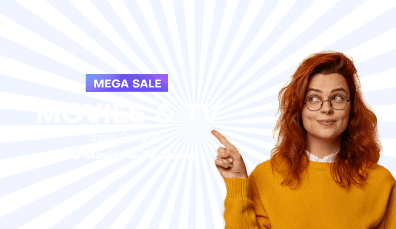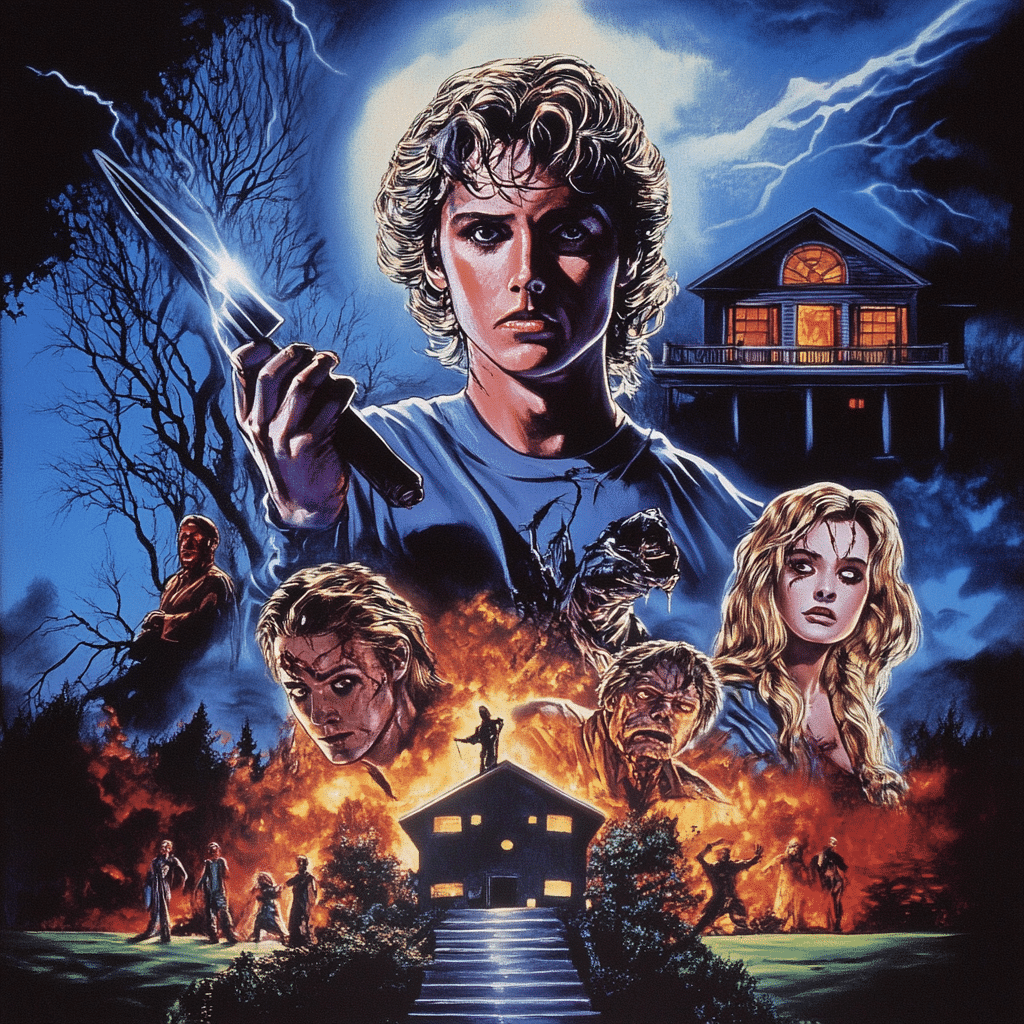
80S Horror Movies That Defined A Generation Of Fear
The ’80s horror movies era was not just a decade; it was a phenomenon that redefined the genre and had audiences shivering in their seats. Known for a surge in creativity and boundary-pushing storytelling, these films tapped into the collective anxieties of society, making them timeless classics. From psychological terror that made you doubt your sanity to visceral gore, the ’80s brought a unique blend of experiences that captured the essence of fear. As we revisit these cinematic gems, it’s clear they shaped not only the horror genre but also pop culture, leaving a legacy that still resonates today.
Each film reflected the period’s underlying fears — whether it was about the loss of innocence, the rise of technology, or societal critiques wrapped in chilling narratives. The advancements in special effects and practical makeup during this time pushed the limits of what horror could achieve visually. Through the lens of these classic horror movies, we can better understand cultural shifts and how they resonate with current audiences, building a bridge across generations.
Let’s dive deeper into some of the top ’80s horror movies that shook the foundation of fear and showcased the raw creativity of this golden age of filmmaking.
Top 7 ’80s Horror Movies That Shook the Foundation of Fear
Stanley Kubrick’s haunting adaptation of Stephen King’s novel remains a towering figure in the horror genre. Jack Nicholson’s performance as Jack Torrance is nothing short of legendary, showcasing the descent into madness amidst the eerie backdrop of the Overlook Hotel. The hotel functions almost as a character itself, amplifying themes of isolation and psychological distress. The film’s meticulous cinematography and unsettling score create a bone-chilling atmosphere that lingers long after the credits roll.
Wes Craven redefined the slasher genre with Freddy Krueger, a villain who invaded dreams and turned sleep into a horrifying experience. The concept of a killer lurking within the subconscious tapped into the primal fear of losing control, leading to both critical acclaim and commercial success. This film not only launched a successful franchise but also solidified its place in horror pop culture. The distinct imagery of Freddy’s striped sweater and bladed glove continues to haunt our collective psyche.
John Carpenter’s adaptation of John W. Campbell’s novella, “Who Goes There?,” stands out as a benchmark of sci-fi horror. With its themes of paranoia and the dread of the unknown, the film resonates deeply, particularly during moments of isolation in an Antarctic research station. The groundbreaking practical effects set a new standard for body horror, showcasing grotesque transformations that still captivate modern audiences. Carpenter’s masterful direction keeps viewers on edge as trust erodes amongst the characters.
Clive Barker’s directorial debut introduced audiences to the bespoke world of the Cenobites, representing pain and pleasure’s intricate relationship. “Hellraiser” pushed boundaries, exploring moral complexities and challenging horror’s narrative conventions. The Lament Configuration puzzle box becomes a symbol of the unknown, drawing characters into a nightmarish reality. This film set a precedent for horror films that explored sexuality and desire, weaving these elements seamlessly into their fabric.
With the introduction of Chucky, a doll possessed by the spirit of a serial killer, “Child’s Play” cleverly twisted childhood innocence into a vessel of fear. Its unique blend of horror and humor provided a fresh take on the genre, turning the idea of an innocent toy into a nightmarish figure. The film successfully spun off into a franchise, maintaining its relevance while exploring themes of consumerism and the darker sides of childhood. Chucky, with his catchy one-liners and terrifying demeanor, became an icon of horror.
Carpenter’s social commentary about consumer culture blends horror, sci-fi, and action into a unique narrative. With themes surrounding conformity and capitalism’s hidden horrors, the film delivers punches that resonate with audiences even today. The iconic sunglasses reveal the grim reality of society, making it a standout among both horror and science fiction films. Its critique of media manipulation and societal control makes it painfully relevant, paving the way for deeper discussions about our consumer-driven world.
This film takes a light-hearted approach to horror, merging comedy and fright in a satirical holiday setting. Set during Christmas, “Gremlins” twists traditional themes of joy into a chaotic nightmare as mischievous creatures wreak havoc. Its perfect blend of humor and horror captures the festive spirit, making it a beloved classic among Christmas horror movies. The iconic rules of care and feeding contribute to its charm, ensuring that it holds a place in the pantheon of holiday-themed films.
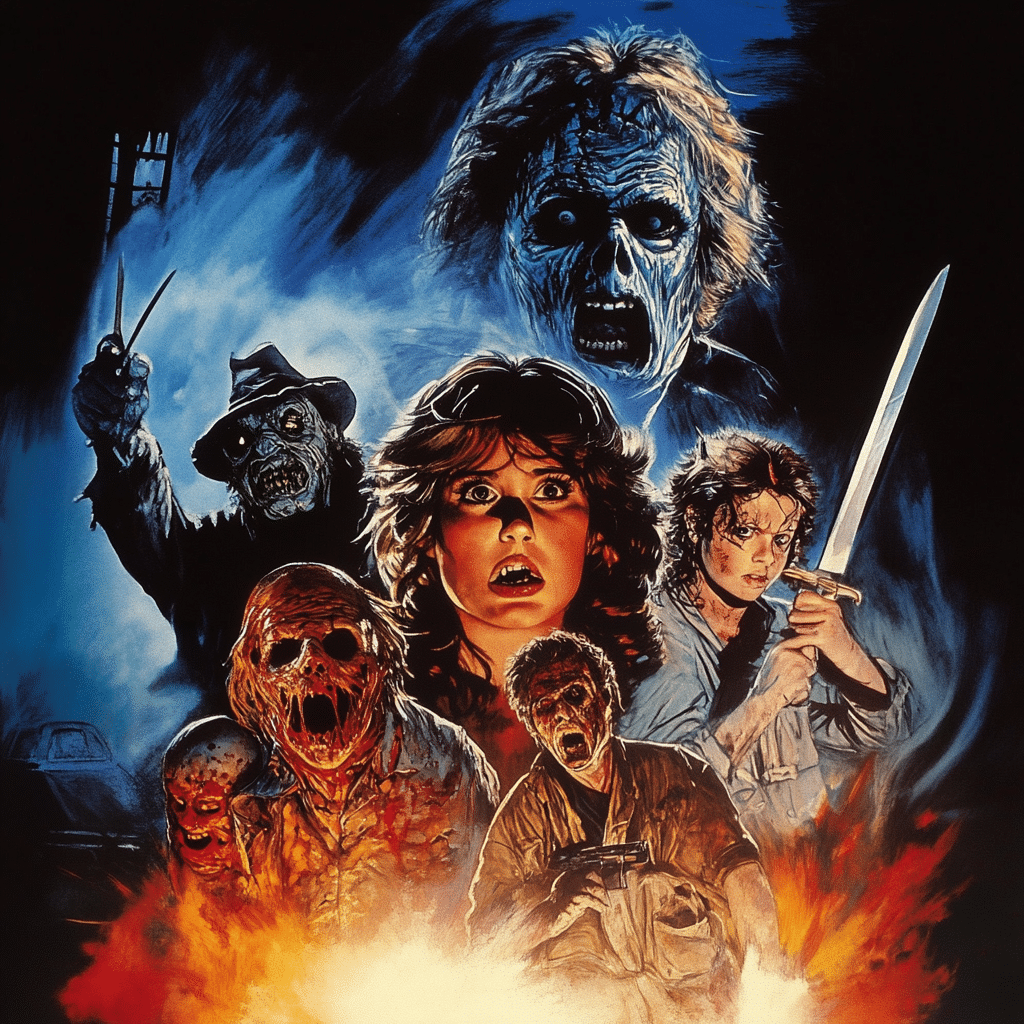
The Legacy of ’80s Horror Movies in Culture
These ’80s horror movies terrified audiences while being deeply rooted in societal fears and anxieties. They didn’t just entertain; they challenged viewers to confront uncomfortable truths wrapped in thrilling narratives. As the foundation for modern horror, their influence can still be seen in contemporary films and series that echo themes of dread and moral conflict. The decade marked a pivotal shift in horror as a genre capable of profound storytelling, reflected the complexities of life, and operated as a mirror to society’s collective psyche.
Today, filmmakers draw inspiration from these classics, crafting narratives that resonate with current themes. Shows like “Stranger Things” brilliantly revive the aesthetics of classic horror movies, inviting a new generation to explore these influences. As we navigate through today’s fears of technology, social media, and authority, the shadows of ’80s horror loom large, reminding us that fear is a universal experience that transcends time.
Looking ahead, the lessons learned from these films, such as innovation in storytelling and exploring social commentary, remain crucial to the evolution of the horror genre. The legacy of ’80s horror movies will continue to evoke fear and intrigue, proving that while society may change, the essence of fear remains constant.
In conclusion, the ’80s were certainly a golden age for horror. The films from this era still provoke thought, inspire creativity, and, most importantly, scare the pants off audiences around the world. And as we celebrate these cinematic milestones, let’s embrace the weird, the chilling, and the downright terrifying, keeping the spirit of ’80s horror alive. After all, who doesn’t love a good scare?
80s Horror Movies: Fun Trivia and Interesting Facts
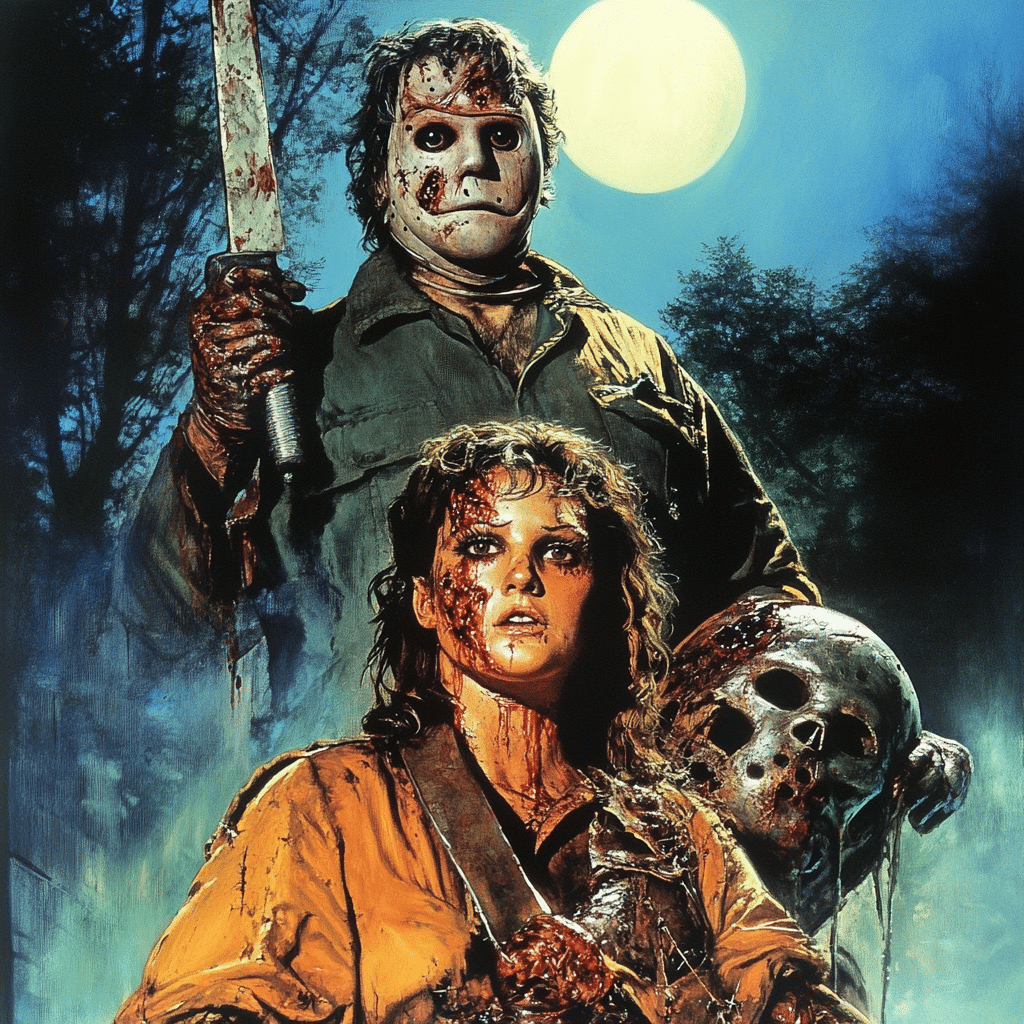
A Time for Terrifying Trends
The 1980s was like a breeding ground for horror films that left an indelible mark on pop culture. Remember the chilling atmosphere of The Shining and the eerie thrills of A Nightmare on Elm Street? These films shaped a generation’s understanding of fear, blending psychological tension with supernatural elements. Interestingly, even animated shows weren’t immune to the horror craze. For instance, A Pup Named Scooby doo reimagined our beloved characters in a kid-friendly format, capturing both frights and laughs, proving that the spooky vibes transcended age groups.
Iconic Influences and Cultural Phenomenon
Moreover, directors like John Carpenter and Wes Craven weren’t just filmmakers; they were trendsetters whose works gave rise to iconic tropes, like the indestructible slasher antagonist. Did you know that their influences trickled into other films and even genres? For example, Faye Dunaway Movies like The Eyes of Laura Mars mixed horror elements with thriller nuances, showcasing the decade’s flexibility in blending genres. Additionally, horror often reflected the socio-political climate, a theme echoed in pop culture today, touching on topics such as social unrest reminiscent of discussions surrounding political figures like Chinese President Xi jinping.
Enduring Legacy
As we dive deeper into 80s horror movies, one can’t overlook how they’ve inspired numerous spin-offs and remakes, such as the vibrant reinterpretation of classic villains in various media. Even characters like the infamous Gaston from Beauty and the Beast share qualities found in these notorious horror figures. Throughout the years, movies like It and Halloween have been revived, engaging new audiences while standing as testimonies to the timelessness of the genre’s roots. Not to mention, the hilarious references peppered in modern media give fans a chance to relive the thrill in a fresh light, just as one might catch a glimpse of Armando Bukele Kattán in trending conversations about surprise cameos today.
As you explore the creepy classics that defined an era, don’t forget their intriguing blend of humor and horror, or how they manifested into future storytelling trends. The influence of such pop culture phenomena remains palpable, reminding us that despite the passage of time, the heart-pounding thrill of 80s horror movies is just as relevant now as it was then. Whether you’re a die-hard fan or a spooky novice, these films have something to offer everyone.
